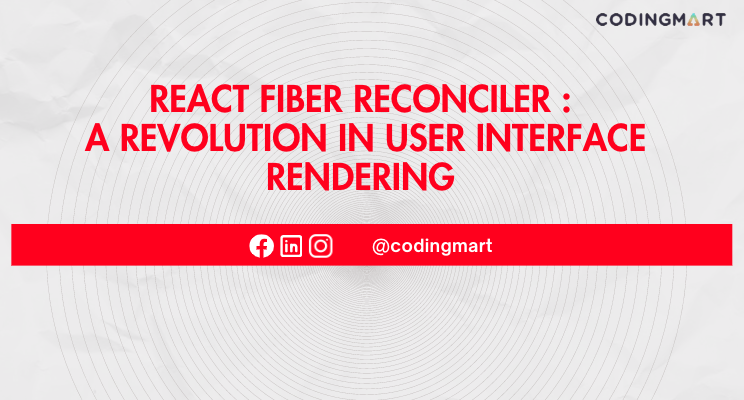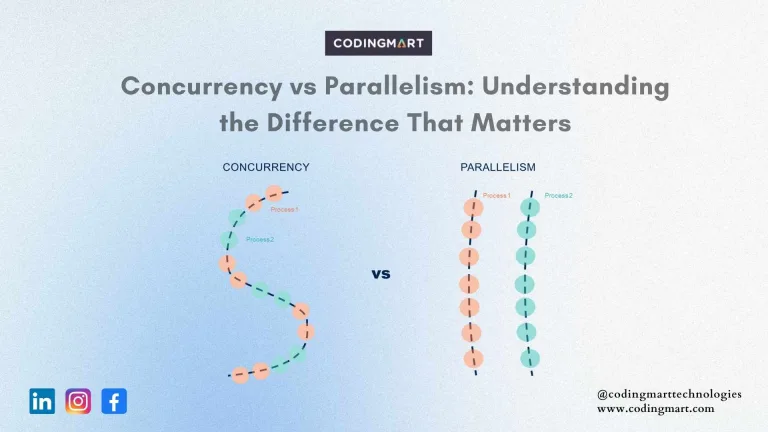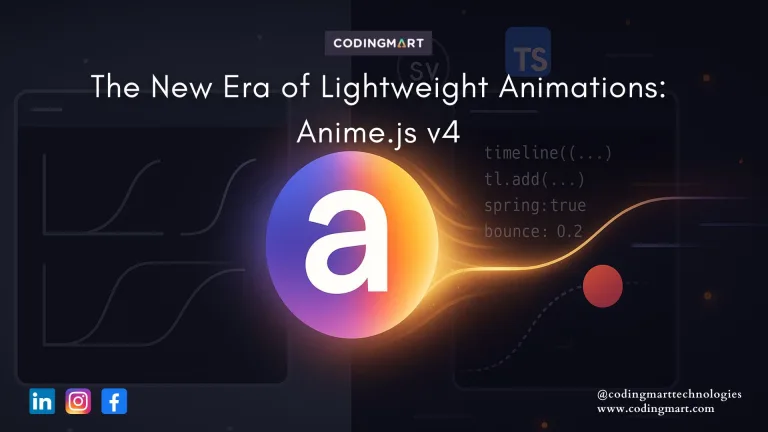blogs
React Fiber Reconciler : A revolution in user interface rendering

In today’s edition, we’re diving deeper into the fascinating world of React Fiber Reconciler. Get ready to discover how this revolutionary technology has transformed the way we build user interfaces, propelling React to new heights of performance and efficiency.
Let’s explore the key features and benefits of React Fiber Reconciler and how it has made a significant impact on the development landscape.
Understanding React Fiber Reconciler
You’ve most likely heard of the virtualDOM from React 15. It’s the old reconciler algorithm (also known as the Stack Reconciler) because it uses stack internally. React Fiber Reconciler is the new reconciliation algorithm introduced in React 16. It represents a complete reimplementation of React’s core algorithm for rendering user interfaces. A “Fiber” is a simple JavaScript object. It represents the React element or a node of the DOM tree. It’s a unit of work. This new architecture enables React to perform better and handle complex UI scenarios more efficiently.
Concurrent Rendering : Making UIs More Responsive
One of the groundbreaking features of React Fiber is concurrent rendering. Unlike the previous synchronous rendering approach, concurrent rendering allows React to work on multiple tasks simultaneously, without blocking the main thread. This means that time-consuming tasks, such as rendering large component trees or handling computationally intensive operations, no longer cause the UI to freeze. The UI remains responsive, ensuring a smooth user experience even during heavy workloads. The rendering work can be broken down into smaller units, or “fibers,” that can be paused, resumed, or even prioritized based on their importance. This level of granular control ensures that the UI remains responsive even when dealing with heavy computations or complex component hierarchies.
Incremental Rendering : Enhancing Performance
The tree, which is currently flushed to render the UI, is called current. It’s one that was used to render the current UI. Whenever there is an update, Fiber builds a workInProgress tree, which is created from the updated data from the React elements. React performs work on this workInProgress tree and uses this updated tree for the next render. Once this workInProgress tree is rendered on the UI, it becomes the current tree.
Every fiber has a child (or a null value if there is no child), sibling, and parent property. These fibers can be processed incrementally, enabling React to prioritize and distribute work more intelligently. The result is enhanced performance, as React can allocate resources efficiently, avoid unnecessary work, and provide faster updates to the UI. This incremental rendering approach reduces jank and delivers a seamless and interactive user experience.
Benefits and Impact on Developers
React Fiber Reconciler brings several benefits to developers, empowering them to create high-performing user interfaces and elevating their productivity :
Improved User Experience : By ensuring the UI remains responsive, even during resource-intensive tasks, React Fiber enhances the overall user experience, providing a seamless and engaging interface.
Enhanced Performance : Incremental rendering and the ability to prioritize work enable React to achieve better performance, resulting in faster rendering and updates, and reduced time-to-interactivity.
Scalability and Future-Proofing : React Fiber’s architecture allows for scalability and easy integration of new features, ensuring developers can adapt to evolving project requirements and stay ahead in the ever-changing tech landscape.
Embracing the Future of React
React Fiber Reconciler showcases the continuous evolution of the React framework. It demonstrates the React team’s commitment to improving performance, enhancing developer experience, and enabling the creation of cutting-edge web applications. By leveraging React Fiber, developers can build highly optimized and responsive user interfaces, pushing the boundaries of what’s possible on the web.
So, whether you’re a React enthusiast, a frontend developer, or simply curious about the latest tech advancements, understanding React Fiber Reconciler is essential in staying at the forefront of modern web development.
Stay tuned for more exciting tech updates in the next edition!


